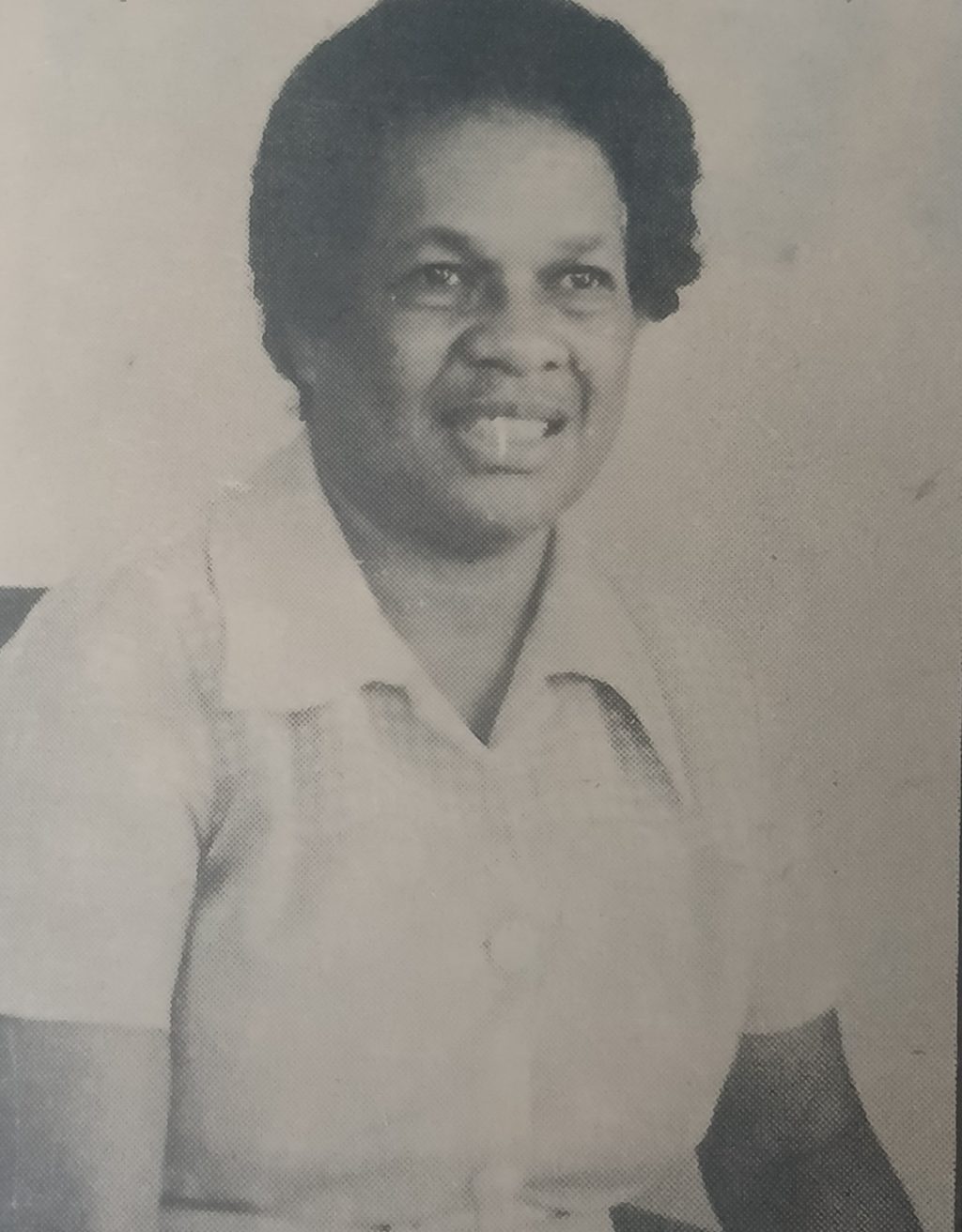Ateca Pareti, a lecturer in commercial studies at the Fiji Institute of Technology in 1979, said girls then were much more fortunate than the girls in her time, as there were new facilities for a good commercial education.
Ms Pareti, according to an article published by The Fiji Times on November 3 that year, worked and studied her way up from being a two-finger typist to become a senior secretary in Suva.
“Now, after switching to teaching, I find it most exciting,” she told this newspaper.
Looking back, she said it was through a motion of the 1942 Great Council of Chiefs that the then government began to employ Fijian girls in its clerical establishment.
Ms Pareti was one of two girls appointed a clerk-in-training with the Fijian Affairs (secretariat).
So, with four boys, she began working and learning in the office in 1942.
“I received 10 shillings a month plus ration allowance of a shilling a day,” she said.
Her work consisted of handling inward and outward mail, filing, answering telephones, taking messages, and typing letters.
“Typing was no easy task. I had never used a typewriter.”
Ms Pareti was bewildered, but help came from the male staff members who showed her how to insert paper, set a margin, and other things required of her.
“Even though I remember the wastepaper basket full of forms that were wasted in the process.”
She continued two-finger typing for some time, then decided it was time to learn typing the proper way.
She passed 60wpm (words per minute) using the “two-finger method”. The best thing she could do was to buy a book and learn to type herself.
Then the chief clerk’s wife offered her private tuition twice a week, with her first experience of shorthand being rather disturbing.
“Those curly, twirly outline strokes and dots baffled me,” she said.
But Ms Pareti persevered and faced the challenge to learn.
“I knew I just had to do it.”
She took additional afternoon classes in English, plus other requirements, which permitted her entry into the Clerical Grade. She was also in a group of stenographers promoted to positions of personal assistant when they were first created in 1956.
And so began a successful career for Ms Pareti, who became secretary to some famous chiefs and government officials.
“I had the privilege to work under the late Ratu Sir Lala Sukuna when he served as a secretary for Fijian Affairs.”
Also, she worked under Ratu Sir George Cakobau, Ratu Edward Cakobau, Ratu Sir Kamisese Mara, Ratu Sir Penaia Ganilau, the RN Caldwell and others.
Ms Pareti was the wife of Dr AJ Pareti, a consultant obstetrician and gynaecologist.
“When my husband was posted to Labasa, I joined Labasa College as a post-primary assistant class B to teach shorthand and typewriting.”
The first two years were spent together teaching typing to fourth and fifth formers, and typing and shorthand to extension class students.
In 1972, she successfully completed a vocational teacher’s certificate course with distinction at the University of the South Pacific.
She became a teacher in charge of a one-year secretarial course at Labasa College based on the FIT syllabus in 1973.
In 1976, she had to leave Labasa because her husband was posted back to Suva. Ms Pareti spent 1977 in Auckland where Dr Pareti pursued a postgraduate course in obstetrics and gynaecology.
On her arrival home, she was appointed assistant lecturer and soon after promoted to the post of lecturer at FIT.
Ms Pareti had two sons and a daughter. One son was working his way towards a chartered surveyor’s degree course in the UK.
The second was still a student at LDS Technical College in Tamavua, while her daughter worked for the Bank of New Zealand.

